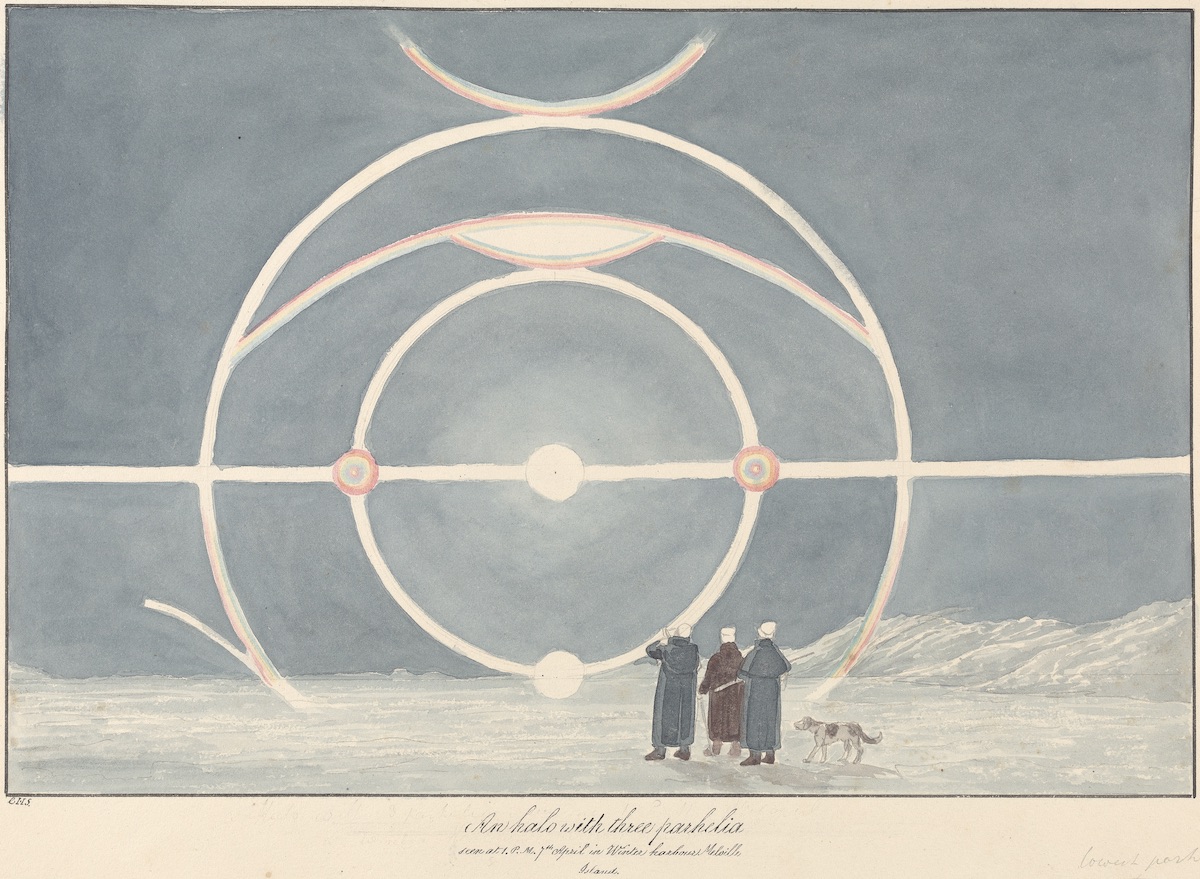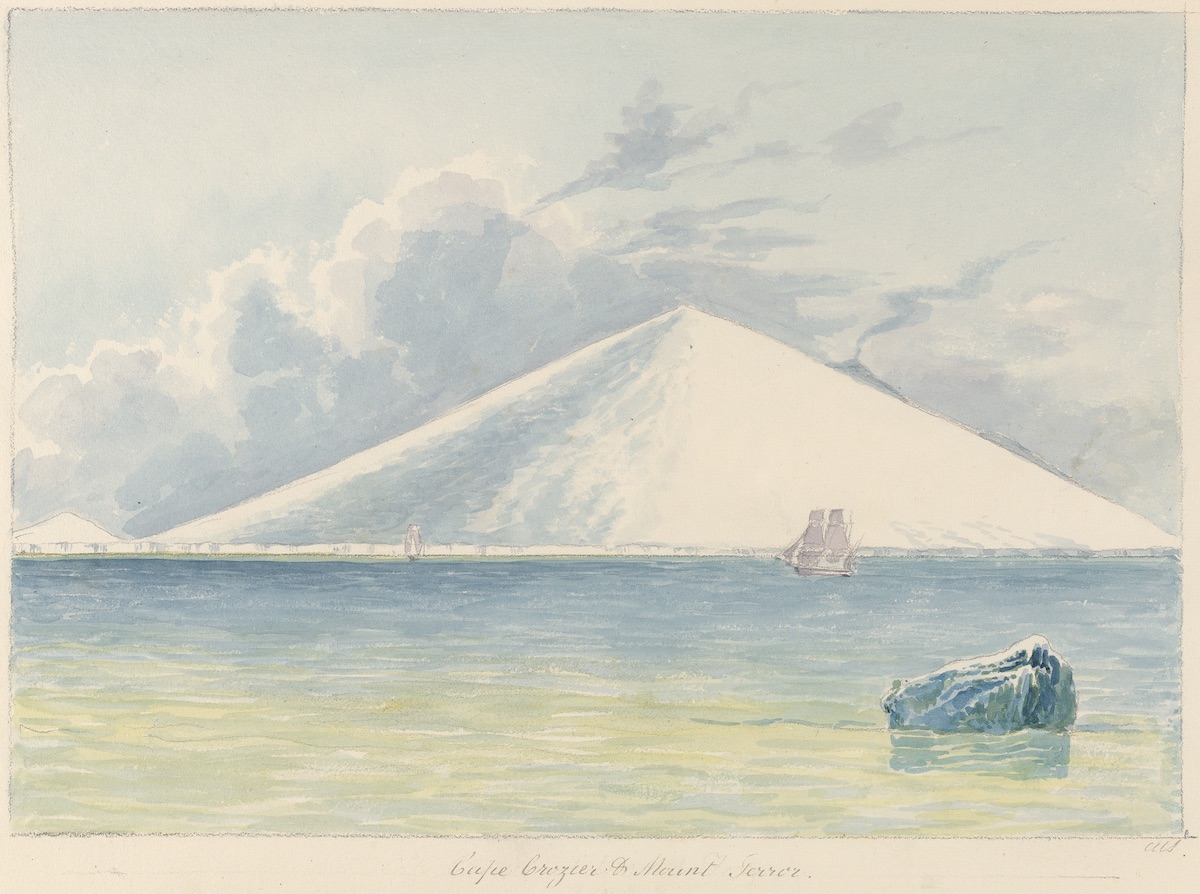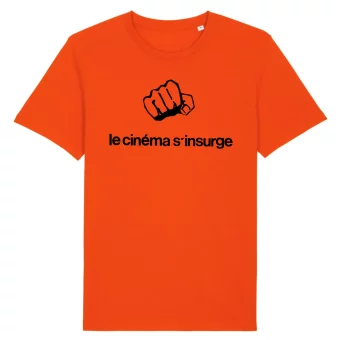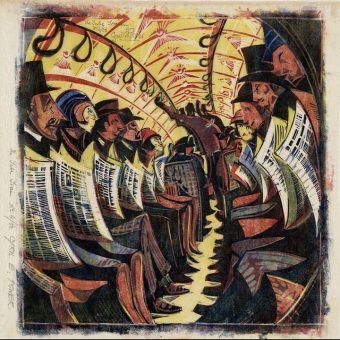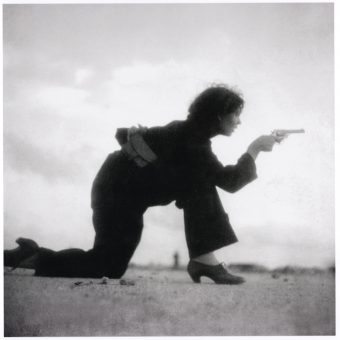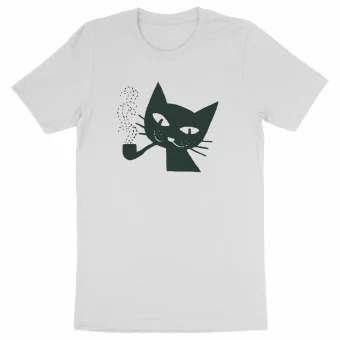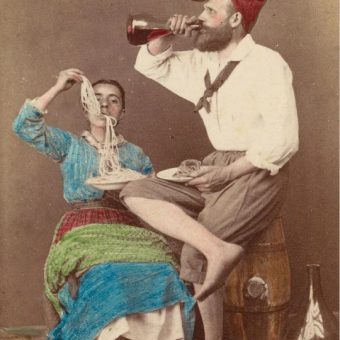Illustrator Lieutenant-Colonel Charles Hamilton Smith (26 December 1776 – 21 September 1859) was an English artist, naturalist, antiquary, illustrator, natural historian, soldier, explorer, writer and spy. That’s quite the package for a man who produced these drawings and watercolours for his work Views of Polar Regions.
The work is undated but appears to have been made after the late 1830s, during the rule of Queen Victoria (1837 – 1901).
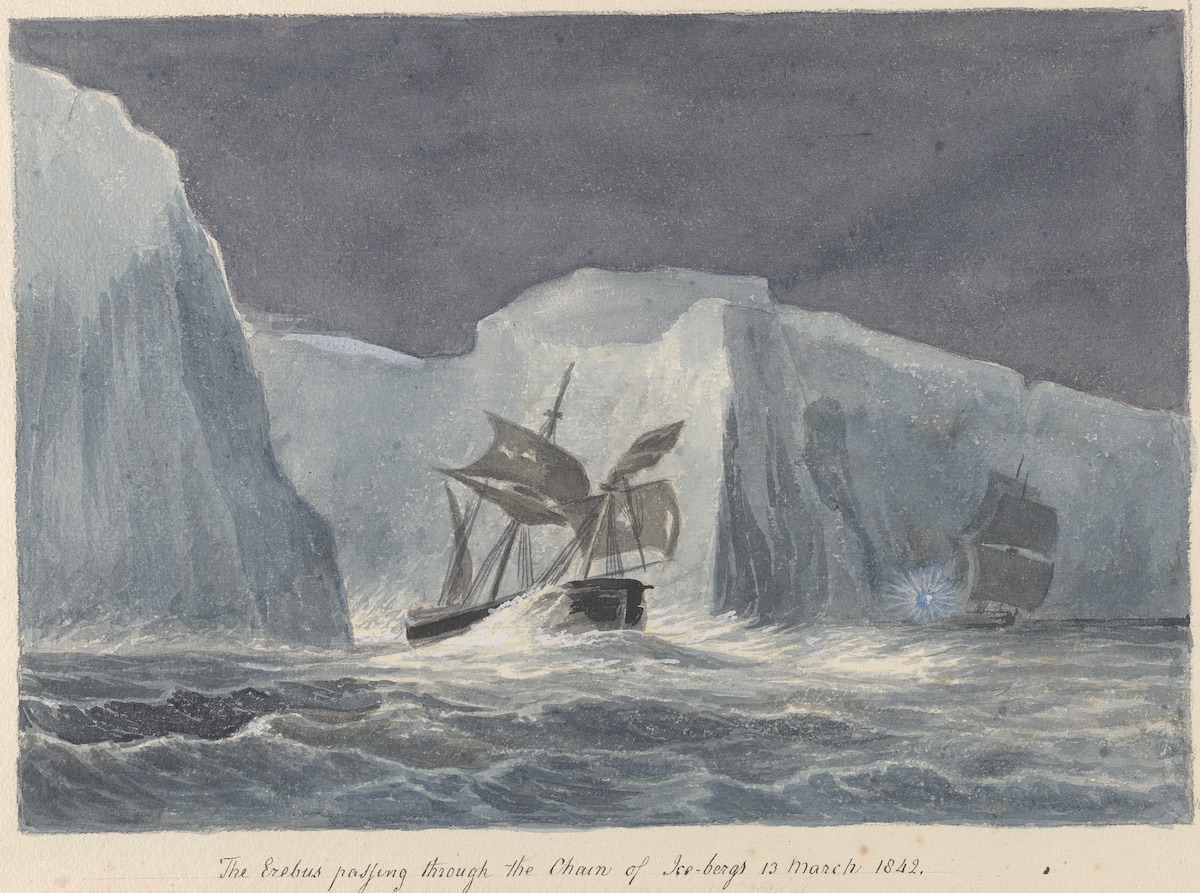
The Erebus Passing Through the Chain of Icebergs
Some of this work captures dramatic scene from Rear-Admiral Sir James Clark Ross’s (15 April 1800 – 3 April 1862) Antarctic expedition of 1839-43. Ross was given command of HMS Erebus and HMS Terror to carry out a magnetic survey in the Antarctic region. The expedition resulted in various discoveries, including the area subsequently known as the Ross Sea and Ross Ice Barrier.
The collision of the two ships on 12 March 1842, crippled the masts of Erebus. The Terror escaped the life-threatening gusts of a storm by moving into a narrow channel in the chain of bergs. The crew of the Erebus could just make out the Terror’s light, reassuring them of their fellow sailors’ safety, when they experienced the natural phenomenon of what they believed to be the Aurora Australis.
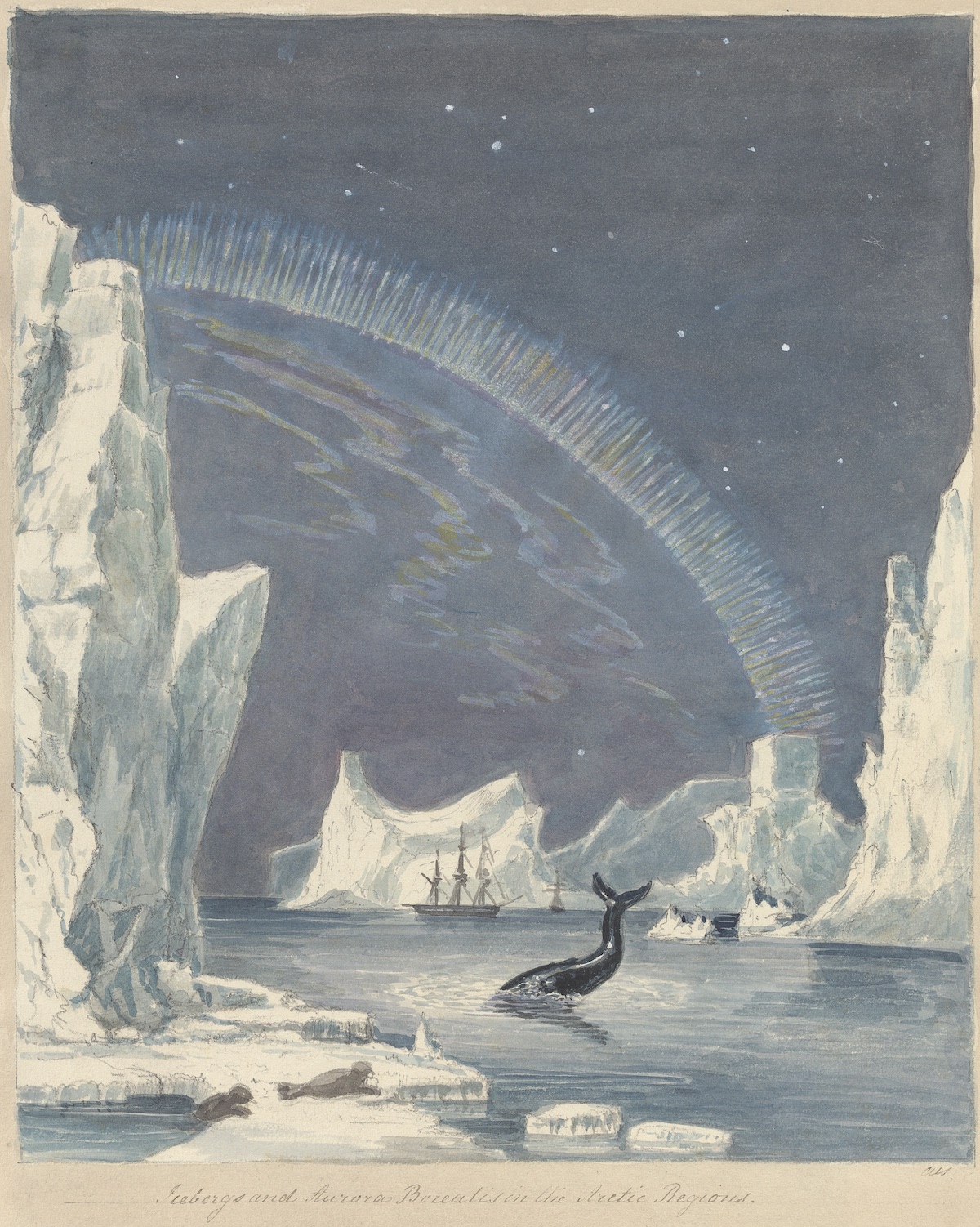
“Icebergs and Aurora Borealis in the Arctic Regions”
HMS Erebus and HMS Terror are now wrecks located in the Kitikmeot Region of Nunavut, Canada. The two 19th-century, three-masted, wooden vessels were on another expedition when something terrible happened. Commanded by Captain Sir John Franklin (Erebus) – who led the expedition from England in 1845 – and Captain Francis Crozier (Terror) during an attempt to navigate and map a Northwest Passage through the Arctic, both vessels became trapped by ice in September 1846, deserted by their crews in April 1848, and sank sometime thereafter. None of the 129 men on board were ever seen again. It is the worst disaster in the history of British polar exploration.
The Artist
Born in Belgium, Smith studied at the Austrian academy for artillery and engineers at Mechelen and Leuven in Belgium, fought in the Napoleonic Wars and in 1800 took part in an experiment to determine which colour should be used for military uniforms (grey proved less easy to hit). .
But it his work as an illustrator that occupies us here. As a prolific self-taught illustrator, he illustrated Costume of the Army of the British Empire, Costume of the Original Inhabitants of the British Islands and The Ancient Costume of England. Many of his sketches in notebooks of his observations as a naturalist have survived, and he published The Natural History of the Human Species in 1848.
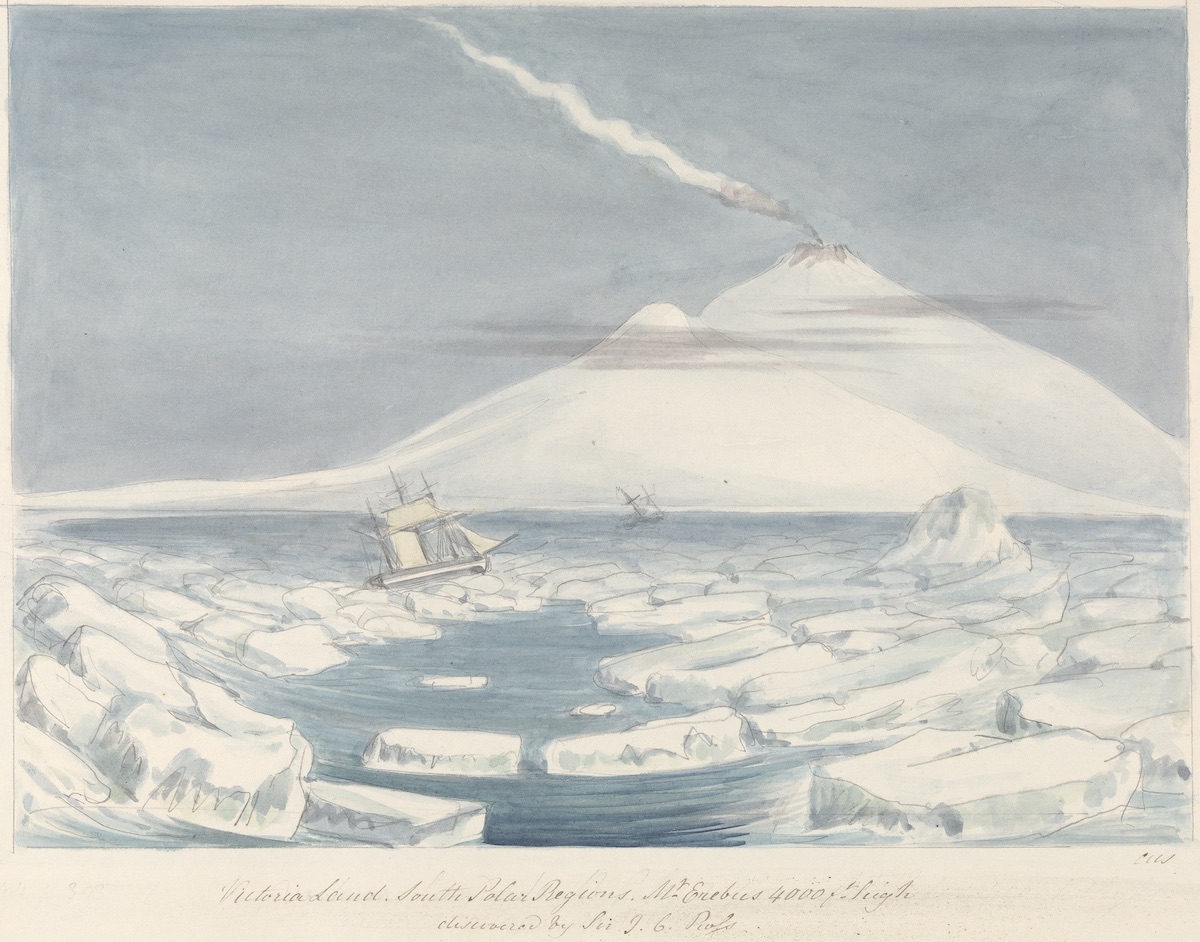
“Victoria Land South Polar Regions Mount Erebus”
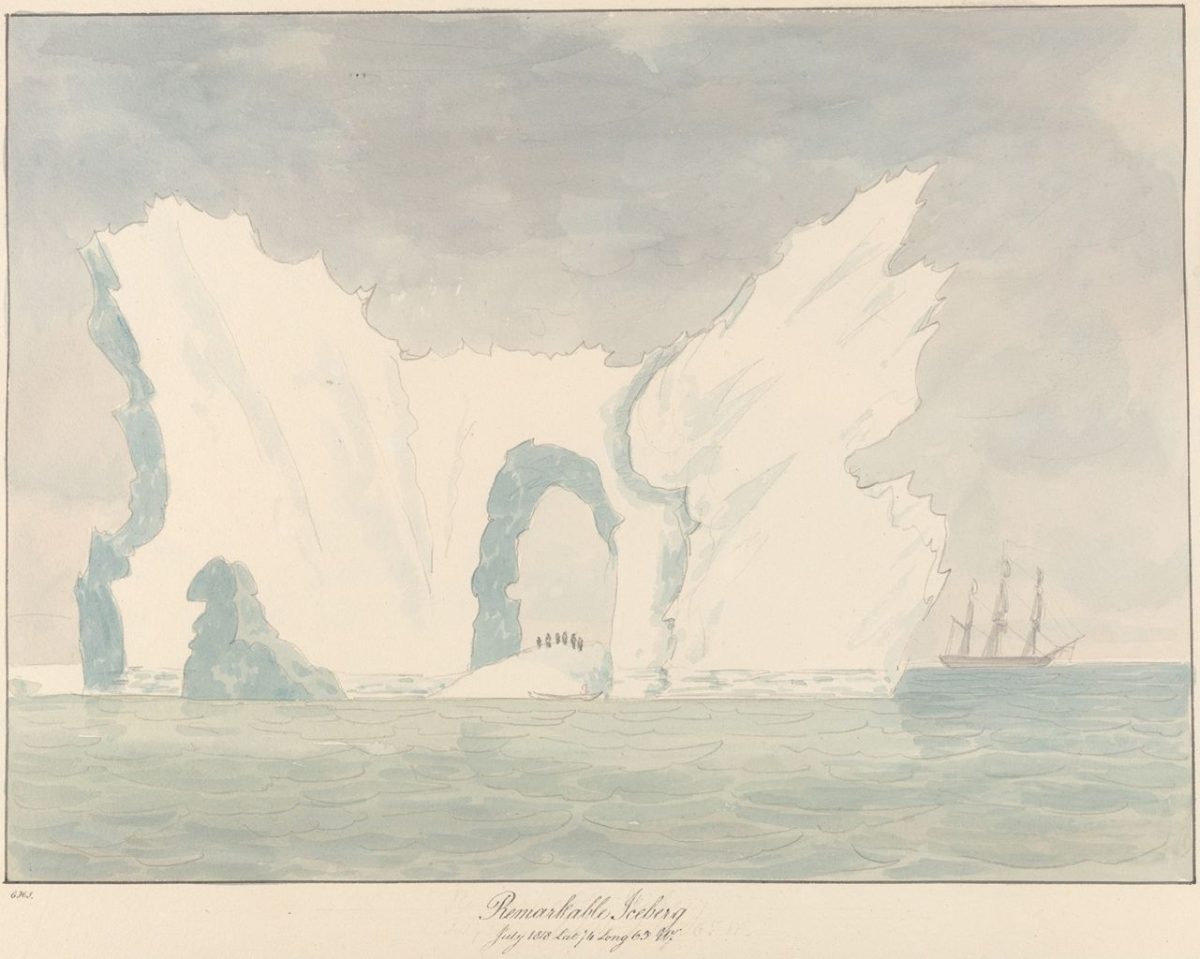
Would you like to support Flashbak?
Please consider making a donation to our site. We don't want to rely on ads to bring you the best of visual culture. You can also support us by signing up to our Mailing List. And you can also follow us on Facebook, Instagram and Twitter. For great art and culture delivered to your door, visit our shop.
